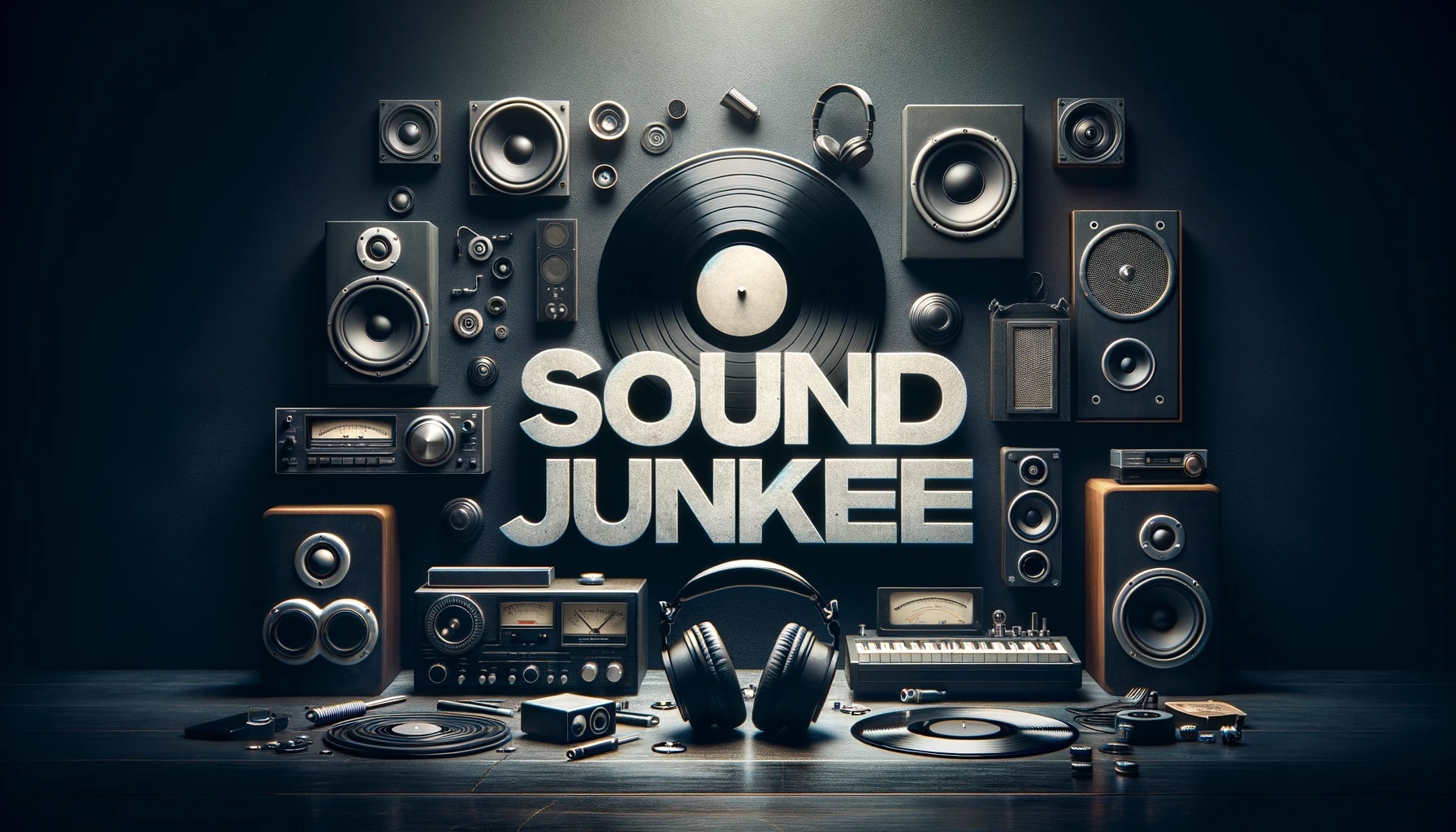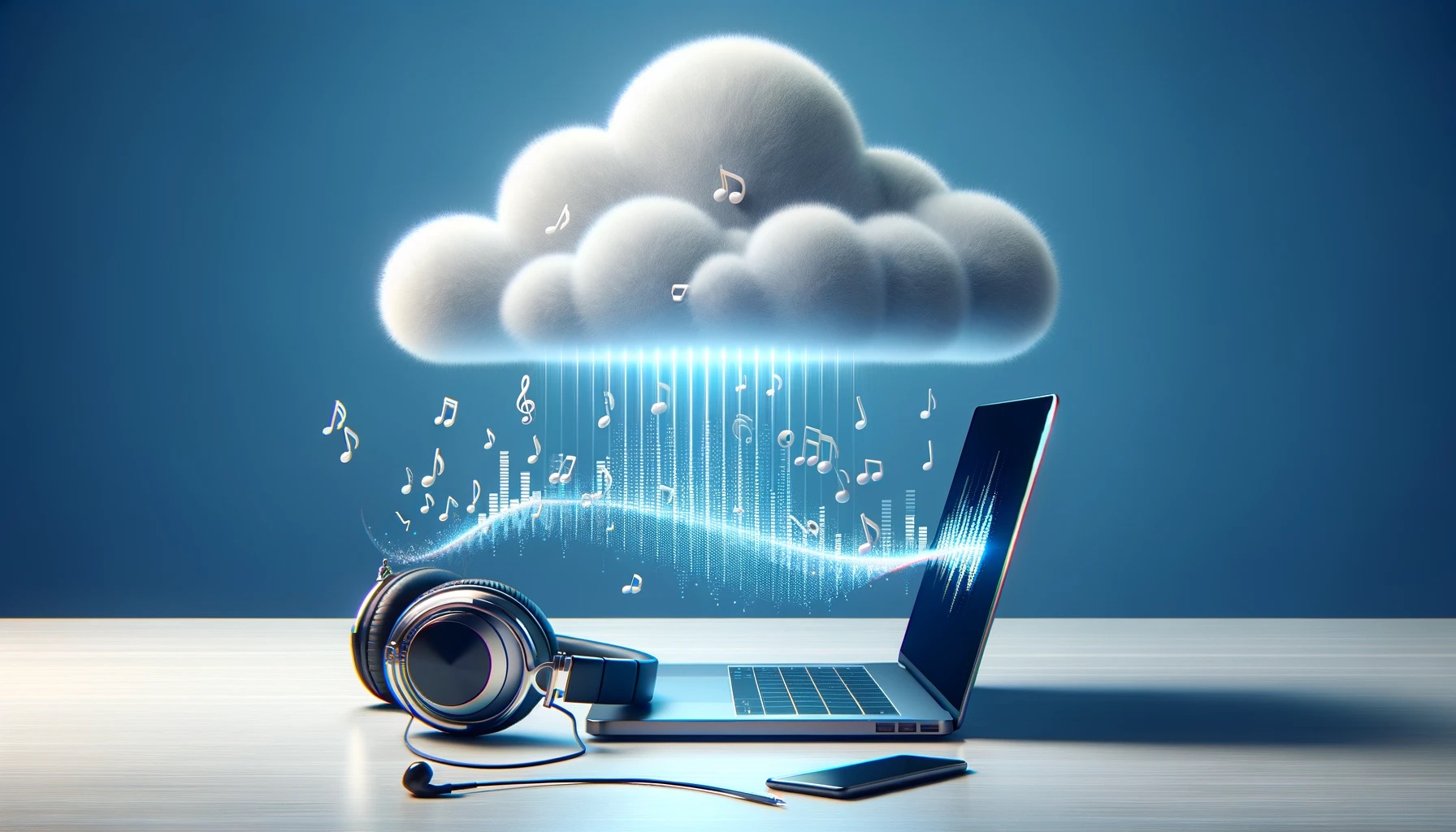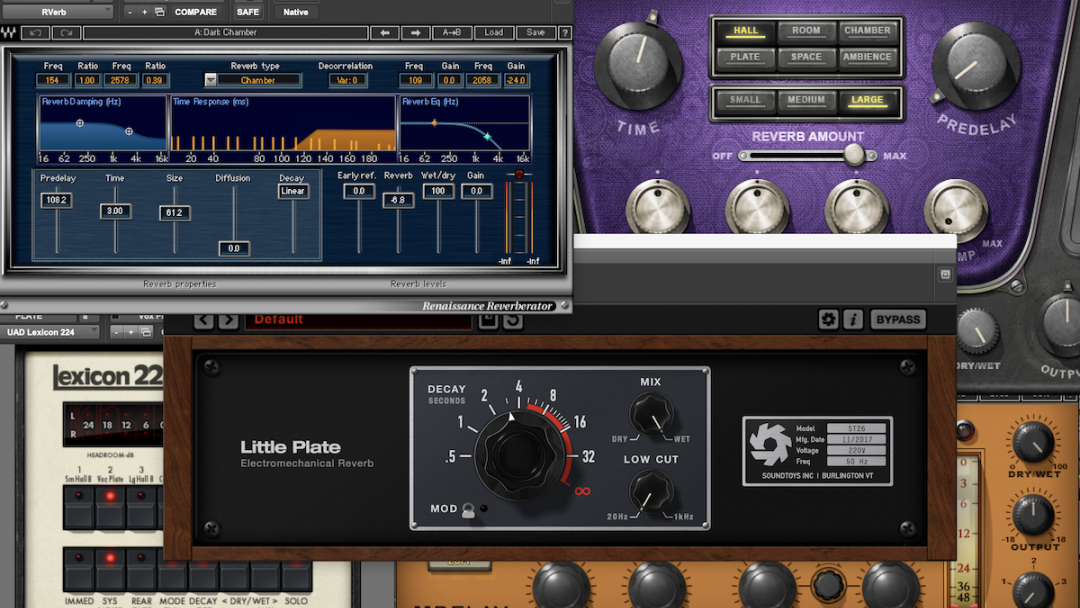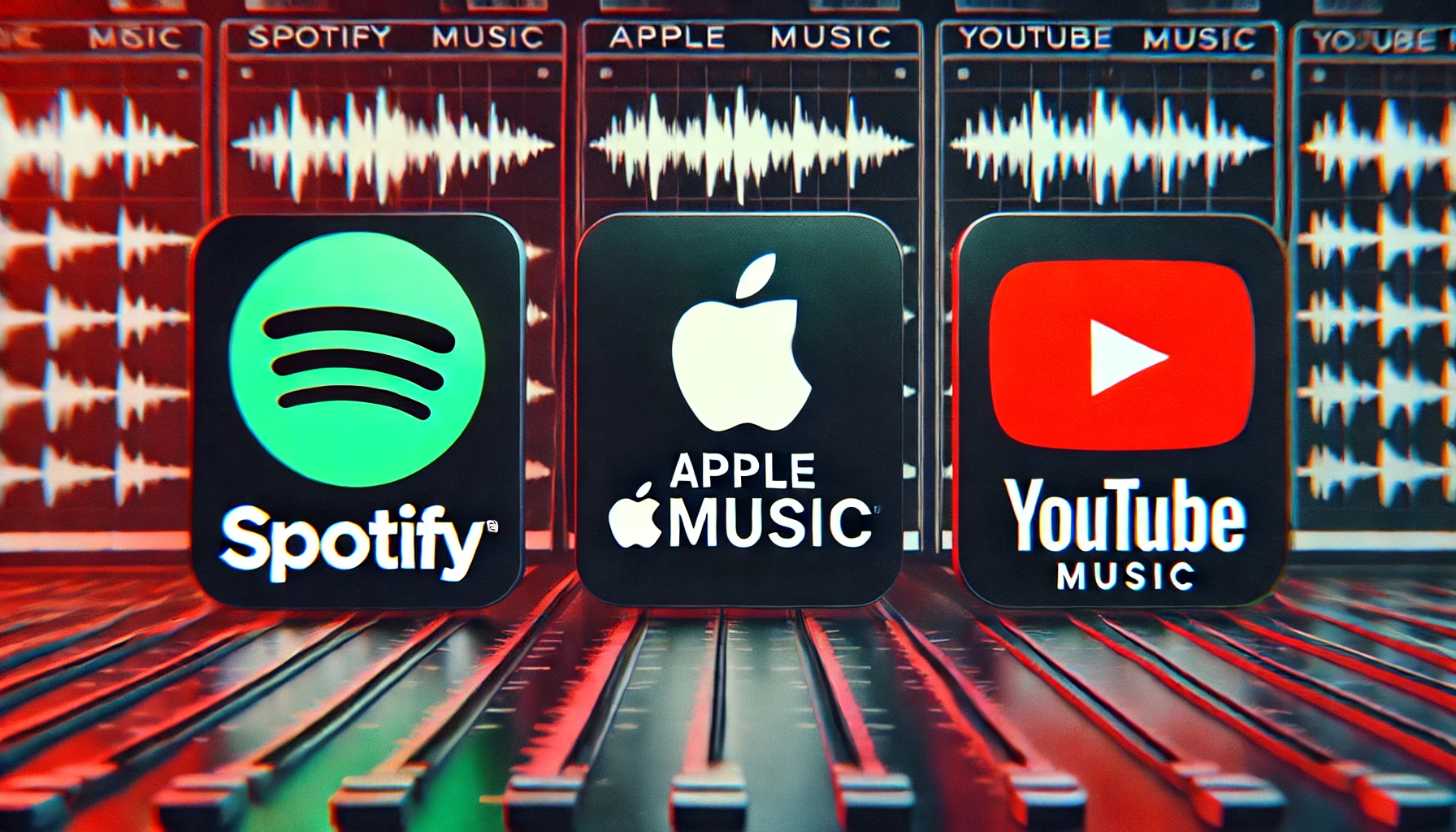Working with audio you accumulate a lot of large audio files, but are external drives still the best way to go, or is it time to start backing up to the cloud?
Generally, you’ll most probably have a work drive that you use day to day for things like Pro Tools sessions (or whatever DAW you work with) and maybe folders with work parts and sounds you use regularly. Then, another drive used to back up older sessions and masters.
Table of Contents
Backing Up Audio
Backing up audio is important for lots of reasons. The process of creating audio, whether music, podcasts, or sound design, involves a lot of time, effort, and creativity. So protecting any projects in case something like a technical glitch blows everything up is essential.
Starting from scratch can be a nightmare. Losing files due to hardware failure, accidental deletion, or data corruption can mean losing hundreds of hours of work and potentially irreplaceable creative output. So yeah, there’s that.
But then there’s also the invaluable ability to have a recoverable copy of any work for archival purposes, allowing you to revisit and repurpose or remaster older stuff. Whether you’re listening for inspiration, or reusing something you’ve made in a new context.
External Hard Drives
When it comes to finding space to store those precious audio files you’ve got a bunch of different options to choose from, each with its own set of benefits. The usual way is using physical storage devices, such as external hard drives, SSDs (Solid State Drives).
This way you have the convenience of immediate, offline access to backups and can be a relatively cost-effective solution. However, for added security against physical damage or loss, it’s a good idea to keep multiple physical backups in different locations.
Network Attached Storage (NAS)
Additionally, NAS (Network Attached Storage) systems provide another layer of backup solutions, offering both large storage capacities and the benefit of local network access, making them ideal if you need fast access to large files across multiple workstations.
But the downfall with these physical options is that before too long you always need more space, and adding this storage space involved adding more physical drives that can be clunky and also take up more studio space.
Traditional physical storage devices, like hard drives and SSDs, are also prone to damage, loss, and wear over time, which can result in loss of valuable audio files and projects.
>>> Ideas for Music and SFX Library Organisation <<<
Backing Up to the Cloud
Now that we are living in the future, cloud storage services have become increasingly popular due to their ability to be easily increased or decreased depending on the storage space you need, plus remote accessibility, and built-in features to keep your files safe.
One of the main reasons people living here in the future are considering cloud storage is the aspect of data security and reliability. They storage provides a secure and offsite backup that ensures data is safeguarded against physical damage and can be easily recovered in case of hardware failure or any disaster.
And if you’re thinking, ‘but what about hackers’… cloud providers have advanced security measures, including encryption and secure access protocols, to protect data from unauthorised access, so you can relax, your files are safe up there in the clouds.
Sharing and Collaboration
The other great thing about storing things the cloud – you can share files and collaborate with anyone, anywhere. Just share a link to give a client or collaborator access.
All you need is a working internet connection and you’re in. So boom, there’s seamless collaboration with team members or clients anywhere in the world – easy sharing of audio files without the need for physical transfers or massive slow email attachments.
>>> Setting Up a Home Recording Studio: Basics <<<
Getting Started
Backing up your audio to the cloud is simple. First you need to select a cloud storage provider like Dropbox, Google, iCloud etc. You’ve just got to find the best one for your specific needs. Consider things like storage capacity, cost, security, and ease of access.
Once you’ve chosen a provider, you’ll need to sign up for an account. Most services offer a range of plans, from free tiers with basic storage limits to premium options with expanded capacities and additional features.
Some cloud storage services may require you to download and install an application on your computer. These apps can simplify the process of syncing and backing up files directly from your computer to your cloud storage.
Uploading Audio
To upload your audio files to the cloud, you can either drag and drop files into the web interface of your cloud storage provider or use the installed app to select and sync files or folders automatically. The time it takes to upload will depend on the size of your files and your internet connection.
Many cloud services offer the option to automatically sync and back up selected folders from your computer. By setting up this feature, any changes made to the files in these folders—including new files added—will be automatically backed up to the cloud.
It’s important to check your cloud storage now and then to ensure that your backups are up to date and that all files have been uploaded successfully. This is also a good time to review your storage usage and organize your files.
>>> The Science of Sound in Audio Production <<<
 in a Nutshell 🥜
in a Nutshell 🥜
The shift for audio producers towards cloud-based backups over physical drives is a no-brainer. Cloud storage is like having an invisible, super-secure vault that’s accessible from anywhere and you don’t have to worry about losing your precious work to a spilled coffee.
With cloud backups, your projects are not just stored; they’re protected with advanced encryption and security protocols, keeping your work safe.
The cloud is also all about convenience and collaboration. You can access your files on the go, whether you’re sipping espresso in Paris or editing beats on a beach in Bali. Plus, sharing projects is as easy as sending a link, no more bulky email attachments.
And it’s all easily scalable, so you never have to worry about running out of space.
In 2024, backing up audio to the cloud is essentially embracing a future where your work is secure, accessible, and collaborative. So it’s time to say goodbye to the limitations of physical drives and hello to the endless possibilities of the cloud.








